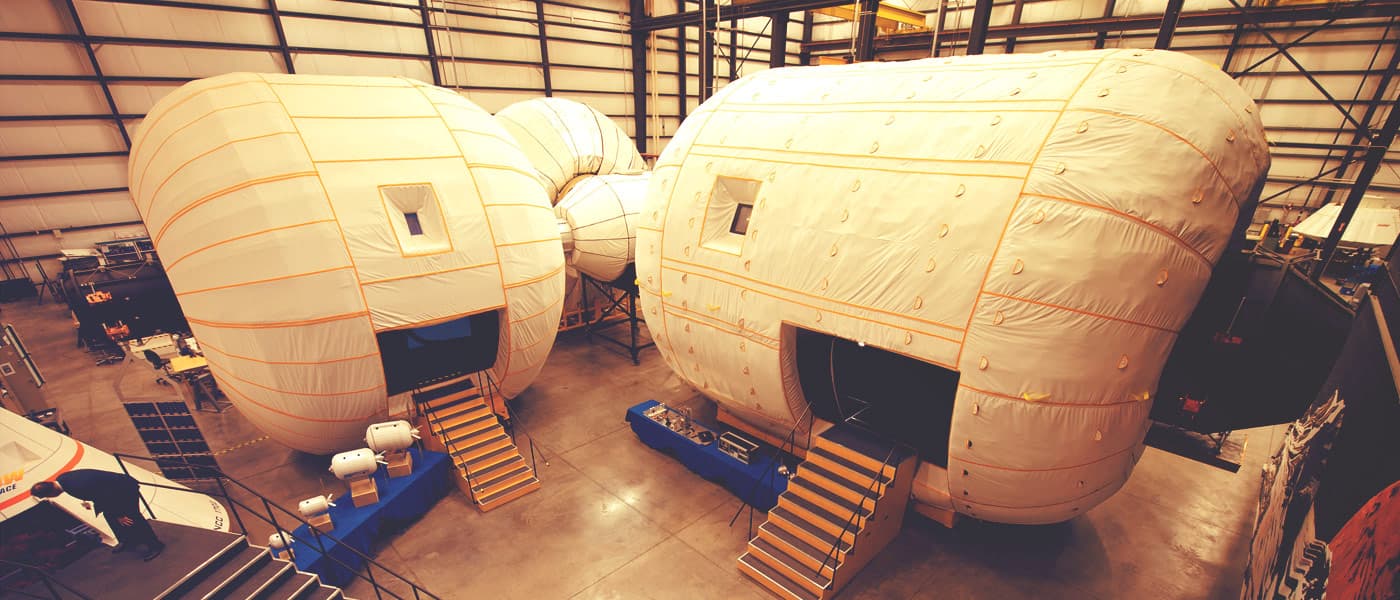The Future of Space Hotels
With the rise of SpaceX and other privatized space companies, the prospect of space habitation is coming tantalizingly close. Now, another private company is taking a step towards the occupation of the universe beyond Earth.
Bigelow Aerospace is set to test the future of space hotels this April—it is sending a prototype of its inflatable habitat to the International Space Station (ISS) on April 8th via SpaceX.
The Bigelow Expandable Activity Module (BEAM) is an experimental program developed with the help of NASA, which aims to test and to validate space habitat technology. With an expanded length of 4 meters and a volume of 16 cubic meters, the prototype is to stay on the ISS for two years, testing for pressure, temperature, radiation protection, and micro-meteoroid/debris impact.
Bigelow has been working on the inflatable space habitat a few years now, and will use the mission to study the ultimate viability of their technology.
Inflatable Space
Bigelow's project is not the first of its kind. In the 1990's, NASA had a similar project called TransHab. TransHab had the same concept, expandable habitation for crew quarters on the ISS. It was to be Multi-level and inflatable, as opposed to the rigid space cylinder of the current ISS habitation module.
Congress, over the objections of the White House, cancelled the TransHub Project.
Since then, Bigelow has acquired the rights to the NASA patents, and BEAM and its sister project B330 are the results of that acquisition.
Share This Article
